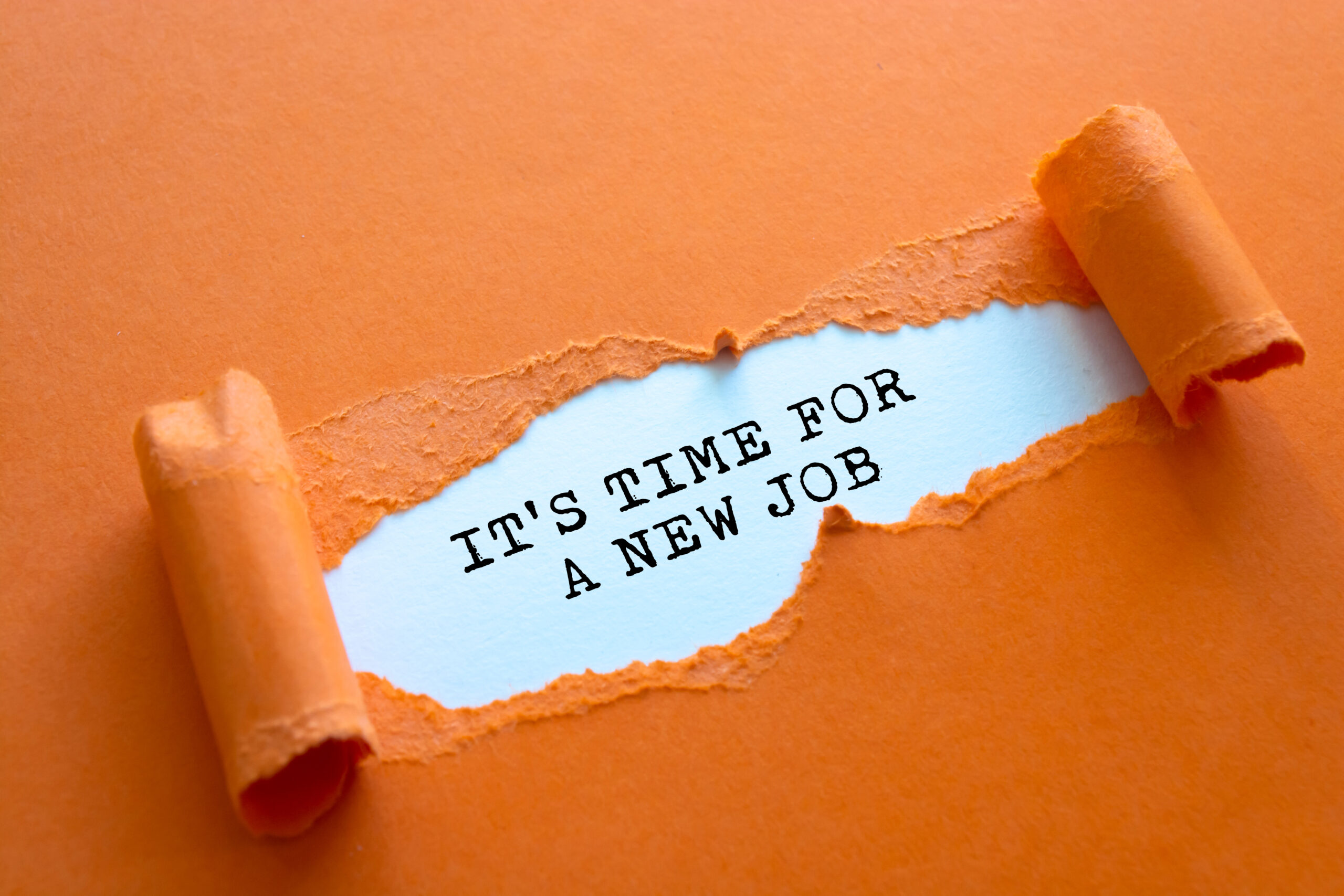We’ve all heard the term, and some of us may sadly have experienced it. But what’s the science behind burnout? John Earls investigates.
Burnout is a syndrome that costs the economy billions each year and numbers of cases have been rising due to Covid-19 with an estimated one third of all staff currently being burned out and unable to perform their jobs effectively (Gallup 2021). It is not just the enormous financial cost to companies that should be alarming.
Burnout can cause sudden deaths, depression and cancer (Maslach et al., 1997) Staff are more likely to have trips, slips and falls at work if they are highly stressed accounting for as much as a quarter of accidents recorded at work (Gallup 2021).
Given the associated costs of workplace stress to individuals and society it is important to determine the most appropriate interventions to reduce it. It is alarming, given the severe financial and health implications, that companies are still investing in training that has little or no research to substantiate the purported benefits.
The purpose of this writing is to establish the scientific viewpoint of burnout so you can identify it in yourself as well as others and have a better understanding how you can treat it.
It is sometimes unclear what burnout actually is and how to identify it. The scientific community classify burnout as a workplace syndrome having three distinct elements: exhaustion, cynicism, and reduced professional efficacy (Maslach et al., 2001).
Cynicism refers to the development of negative, cynical attitudes toward work and the people with whom one works (e.g., clients and colleagues). Reduced professional efficacy refers to the belief that one is no longer effective in fulfilling one’s job responsibilities.
Measuring and addressing the physiological symptoms of burnout is becoming accepted as the most effective way to treat burnout.
However, the hallmarks of burnout are exhaustion and energy depletion which is why Loehr & Schwartz (2005) stated burnout is the result of the mismanagement of energy. If you notice in yourself or others these three characteristics it might be burnout. There are quick psychometric tests you can take if you feel you or someone you know has burnout.
The scientists generally agree that burnout is an energy management syndrome (Loehr 1995). Indeed, professors Lewis & King of Loughborough University (2021) have identified three sources of energy that are affected when a person is burned out which are: Intellectual (IQ) energy, emotional (EQ) energy and physical (PQ) energy.
Effectively a person will not be able to think clearly, their emotions will be all over the place and they will be physically unable to operate. These are more warning signs that can help identify burnout.
Lewis & King are currently testing how better management of IQ, EQ and PQ impacts heart rate variability (HRV). Examining HRV can help to understand the current autonomic balance which is affected by variances between the sympathetic and parasympathetic nervous systems (Lewis & King 2021).
Measuring and addressing the physiological symptoms of burnout is becoming accepted as the most effective way to treat burnout. Once it is known which energy system needs to be helped the appropriate tool can be identified to treat the symptom.
For instance, experts Kaveh et al. (2020) demonstrated that poor quality of sleep is a predicator of burnout and has been shown to especially affect the memory (IQ). Mindfulness studies have demonstrated that even after five minutes of mindfulness in the evening is enough to dramatically improve the quality of sleep (Kabat-Zinn 2013).
Loehr & Schwartz (2005) proved that those executives who did two sessions of cardiovascular exercises and one session of strength training for thirty minutes or more had increased levels of physical energy compared with those who don’t.
Coaching that focuses on improving workplace behaviours such as DISC is known to increase interpersonal confidence which improves emotional control at work (Erikson 2019).
Whilst identifying the physical symptoms will help a person recover from burnout it will not help much if the culture of the company they work for places them at risk. Burnout is a multifactorial disorder that can occur more frequently in occupations with a high concentration, demanding workload and lack of support (Huang et al., 2021).
Presently, intervention strategies (like days off or wellbeing courses) to reduce burnout have focus primarily on individual catered solutions such as rest and recovery or developing effective coping skills (Reig-Botella et al., 2021). These interventions have serious limitations.
Whilst individual-focused strategies help to alleviate exhaustion, they are short lived as they mainly focus on the PQ energy zone (Reig-Botella et al., 2021). Research conducted by Huang et al. (2021) showed strategic interventions that change cultures are far more effective.
It is argued by Fiorilli et al., (2020) that organisational change that focuses on inclusive leadership, flexible working and self-efficacy results in lower stress and higher tolerance for a higher workload.
That is partly due to the emotional needs (EQ) of staff are being met by inclusivity, they can better manage their mental energy (IQ) by having more freedom to choose how to work and they are being provide with tools/skills to manage their own physical health (PQ).
Studies collected as part of the Mindfulness All-Party Parliamentary Group (MAPPG 2015) showed where the culture is supportive and flexible there is an improved HRV coherence ratio (meaning lowered organisational stress).
Furthermore, the MAPGG (2015) made comments that the limitations for addressing burnout in the workplace is that the companies do not do enough to gain organisational insights so the data can drive the strategy.
There seems little point in just doing something to help staff if there has not been research organisationally about what the staff want and also what has the most efficacy in addressing the said problem.
In conclusion, burnout is characterised by exhaustion, cynicism, and reduced professional efficacy. It is an energy condition that can be broken down into IQ, EQ and PQ. Effectively treating the effects of low levels of IQ, EQ and PQ by improving these energy systems plus maintaining a strategy that prevents them getting too low again will prevent burnout.
Mindfulness training has proven to be successful with managing IQ energy, regular cardiovascular and strength training exercise is effective at maintaining optimum PQ energy and behavioural coaching such as DISC is excellent at improving EQ energy.
All of this is not effective unless the workplace has chosen the interventions based upon an organisational analysis to understand the needs of its people and then chooses tools that are proven to work.
About the author
John Earls is a mindfulness lecturer at Goodfoot Development.
References
- Erikson, T., 2019. Surrounded by idiots. United Kingdom: Vermilion
- Fiorilli, C., Buonomo, I., Romano, L., Passiatore, Y., Iezzi, D.F., Santoro, P.E., Benevene, P., Pepe, A. (2020) Teacher Confidence in Professional Training: The Predictive Roles of Engagement and Burnout. Sustainability, 12, 6345
- Gallup, I. (2021) Employee Burnout: The Biggest Myth. [online] Gallup.com. Available at: <https://www.gallup.com/workplace/288539/employee-burnout-biggest-myth.aspx> [Accessed 17 January 2021].
- Huang, S., Fei, Y. and Lee, Y., 2021. Predicting Job Burnout and Its Antecedents: Evidence from Financial Information Technology Firms. Sustainability, 13(9), p.4680
- Kabat-Zinn, J. (2013) Full Catastrophe Living, Revised Edition: How to cope with stress, pain and illness using mindfulness meditation. London: Piatkus.
- Kahn, W.A. (1990) Psychological conditions of personal engagement and disengagement at work. Acad. Manag. J, 692–724.
- Loehr, J.E. (1995) The New Toughness Training for Sports, New York: Plume Publishers.
- Loehr, J & Schwartz, T (2005) The power of full engagement, New York: Free Press.
- Maslach, C., Leiter, M.P. (1997) ‘The Truth about Burnout’; Jossey-Bass: San Francisco, CA, USA
- Maslach, C., Schaufelli, W.B., Leiter, M.P. (2001) Job burnout. Annu. Rev. Psychol. 2001, 52, 397–422
- Kaveh M, Sheikhlar Z, Akbari H, Saberi HR, Motalebi-Kashani M. ‘Correlation between job mental load and sleep quality with occupational burnout in non-clinical faculty members of Kashan University of Medical Sciences’. Feyz, Journal of Kashan University of Medical Sciences, April 2020; Vol. 24, No 1, Pages 109-121
- Reig-Botella, A., Detaille, S., Clemente, M., López-Golpe, J., de Lange, A (2021). ‘Time Perspective and the Risk of Developing Burnout’: An Empirical Study among Different Blue-Collar Workers in Spain. Sustainability 2021, 13, 3271




